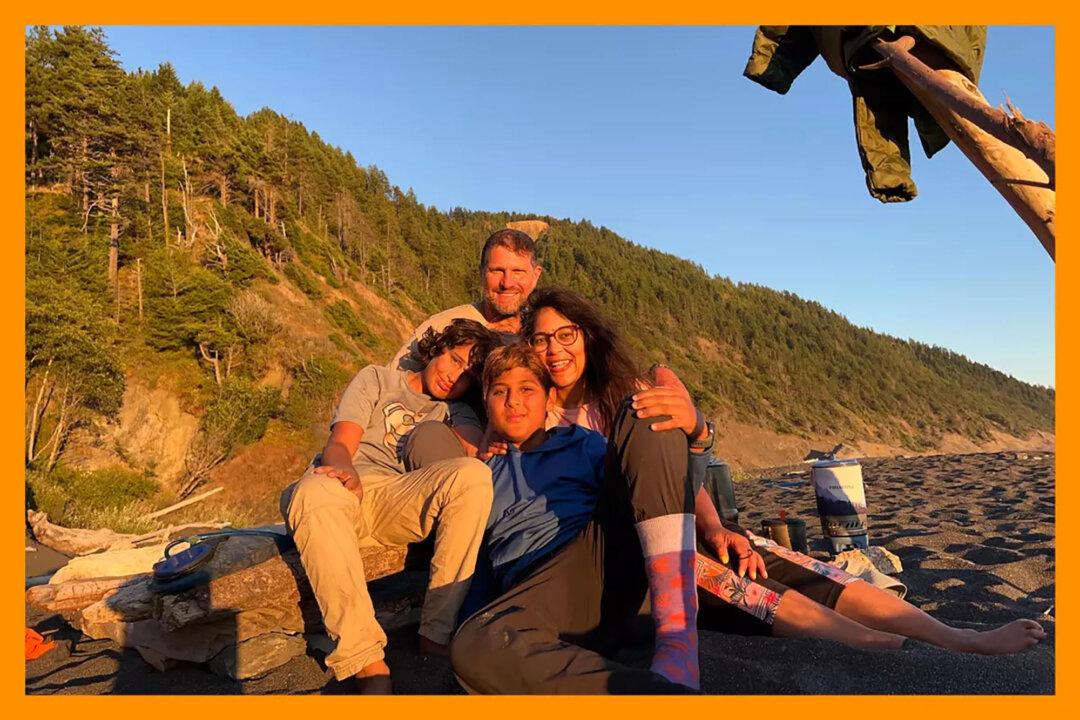By Seth Liss
From Los Angeles Times
LOS ANGELES—Planning a summer trip with kids can be challenging, especially when you’re not much of a planner.

LOS ANGELES—Planning a summer trip with kids can be challenging, especially when you’re not much of a planner.